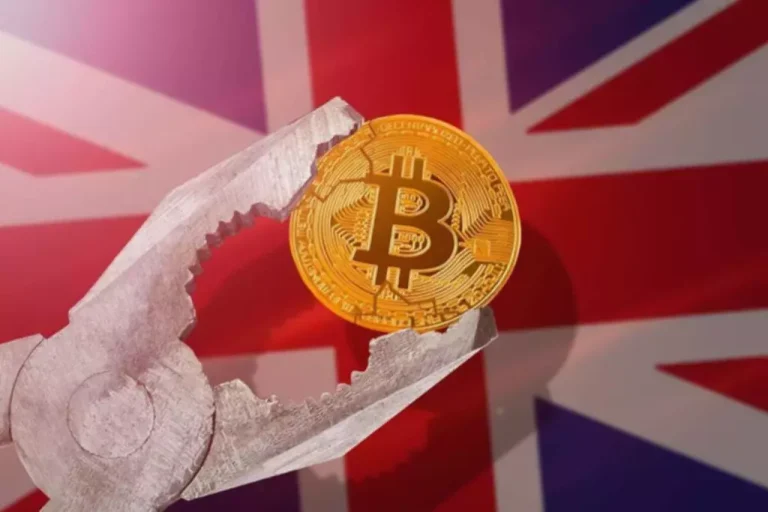Content
Stablecoins have functionality that corresponds to the standard of fungible tokens on the blockchains they’re issued on. For the most part, this means that they can be sent from one wallet to another, and be used in smart contracts for specialised on-chain transactions such as lending, borrowing, staking, token swaps etc. To date stablecoins have mainly been used for crypto https://www.xcritical.com/ and by emerging markets residents who want to hold dollars. Gradually more infrastructure is emerging to broaden the use of stablecoins for both consumer payments and business payments such as Bridge.
How do I start using PayPal USD?
For fiat-collateralized stablecoins, these reserves typically consist of cash, short-term government securities and other liquid assets held in regulated financial institutions. The reserves ensure that each stablecoin can be redeemed for its pegged value, maintaining user confidence and price stability. Stablecoins maintain their value through various mechanisms, depending on their design. These include pegging to external assets, managing reserves and employing algorithms to adjust supply. Understanding these processes is crucial for grasping how stablecoins function in the cryptocurrency ecosystem and traditional financial markets. Stablecoins serve as a critical bridge between the traditional financial system and stablecoin payments the cryptocurrency market.
- This trend is poised to transform cross-border payments in many key areas, potentially lowering barriers to dollarization, making the storage of foreign currency easier, and facilitating transactions in foreign currency.
- With transaction values and adoption rates on the rise, businesses are increasingly turning to stablecoins to streamline their operations.
- Consumers and small businesses sending money across borders prefer so-called fiat currencies like the dollar, the euro, or the British pound, they said during a panel at the annual Money 20/20 conference in Las Vegas on Oct. 28.
- Stablecoins can be backed by fiat currencies, commodities like gold, or other cryptocurrencies.
- The emphasis of stablecoin has always been on creating less volatile and high liquidity-backed assets.
- The new Flex Collect product streamlines and simplifies the process of collection and pay out in any currency, to flexibly meet global money movement needs.
- They then ‘mint’ (crypto-speak for issuing new units of a token) an equivalent amount of these assets on a blockchain.
What Are The Tax Implications Of Using Stablecoins?
Now the tokens on the sender blockchain turn stagnant, which is accomplished using escrow smart contracts. Once tokens are locked, they become limited to the sender chain and cannot be moved to another address. Like Proof of stake crypto tokens, stablecoins have also been circulated on various blockchains that remain isolated. Before the advent of cross-chain technology, stablecoins transfer between blockchains was enabled by a centralized entity or middleman.
Future of Stablecoin Payments for Freelancers

Sending a stablecoin and simply converting it to the recipient’s currency removes some of the complexity, McNaught said. In the following sections, we’ll explore these four main categories of stablecoins, examining their underlying mechanisms and providing examples of each type. As of October 2024, according to data from Token Terminal, the stablecoin market has grown significantly, with a total outstanding supply of $161.37 billion.
The role & opportunity for stablecoins in cross-border payments
The actual commodities are stored in secure, audited facilities, while the blockchain records ownership and facilitates transfers. This mechanism allows users to gain exposure to commodity markets without the complexities of physical storage or traditional commodity trading platforms. Addressing these challenges is non-trivial and requires support and investments from governments, regulatory bodies, and financial institutions — all notoriously and justifiably risk-averse entities.
This caused reputational damage to the wider concept, and more crucially reinforced the sense that if the payments industry was going to use stablecoins, they needed to be thoroughly regulated and audited. It became increasingly clear that much of the payments industry was only going to consider blockchain-based infrastructure if it used US-dollar stablecoins with audited assets stored on US soil, cementing Paxos and Circle as two key players in this area. Stablecoins were used to settle roughly $10.8 trillion in transactions in 2023, including cross-border payments, for a 17% rise from the year before, according to the cryptocurrency platform Coinbase. That’s still miniscule though given the consulting firm McKinsey estimates global payments industry processed $1.8 quadrillion worth of transactions in 2023. They provide a reliable option during market volatility and streamline trading on exchanges. Additionally, they enable practical applications of blockchain technology in daily financial activities.
We’re excited about these new advancements that we continue to develop with them as our partner. It is so good to be back here in Miami for the race this year and for offering the fans a very special experience. This year, we’ve expanded the partnership, and we have enabled biometrics at every location within the merchandise store. We have also expanded our partnership that allows consumers to buy products online, enabling our full omnichannel experience.

Also, note that blockchain initially appeared to power cryptocurrency transactions. However, the overgrowing popularity of alternative currencies such as stablecoins and the rapid rise in their circulation has encouraged many organizations (banks or financial institutions) to issue their stablecoins for block-based payment purposes. The good thing about blockchains is that they are unique but share identical basic infrastructures, which is where cross-chain technology comes in. With the rapid expansion of blockchain networks and the constant introduction of new blockchain projects, cross-chain interoperability becomes crucial. It allows blockchains to interact with each other even though they exist on their separate chains. With this technology in place, blockchain can share information, tokens, data, and, more importantly, stablecoins between diverse blockchain networks.
It’s crucial that this address is entered correctly, as transactions on the blockchain are irreversible. The emphasis of stablecoin has always been on creating less volatile and high liquidity-backed assets. That being said, this industry has to undergo many challenges to position itself in today’s competitive financial ecosystem. The stablecoin industry should collaborate with regulators and discover a more advanced framework that can address the challenges of cross-chain stablecoin payment. Stablecoins, with their basic cash-like features, make digital payments frictionless and instantaneous on various blockchains.
As acceptance increases and the technology becomes more established, KYC and AML compliance will become increasingly critical. These checks, while crucial for fraud protection, contribute to the speed, cost and restrictions involved in cross-border payments. If stablecoin networks are to be used globally for settling retail and business payments, they will need to comply with the relevant regulatory frameworks.
However, in practice, most users deposit and withdraw through applications that hold a stock of the tokens, and minting and burning only happen when the volume of tokens in circulation changes. As adoption continues to grow and innovation flourishes alongside popular cryptocurrencies, stablecoins are set to become a cornerstone of the digital economy, transforming the way we conduct FX transactions for years to come. Explore how stablecoins could offer a more predictable, cost-effective solution for a new generation of FX payments. Mural also offers additional features that cater to the specific needs of freelancers. With options for custom branding and multi-currency support, freelancers can create professional invoices that align with their business image.
When setting up your digital wallet, consider integrating with decentralized finance (DeFi) platforms. Some wallets offer additional functionalities, such as the ability to earn interest on stablecoin holdings or participate in lending protocols. These features can enhance your financial management capabilities and provide additional income streams. To transfer the stablecoins from the sender blockchain to the receiver blockchain, we can lock the tokens on the sender blockchain. As the locking information transmits to the receiver blockchain, an equivalent amount of tokens generates on the same. The token locking is accomplished using the sender and receiver chain interoperability.
For others, it was aiding money transfers through its RippleNet service, which saw traditional cross-border payment infrastructure, often known as rails, replaced with a combination of the company’s blockchain and cryptocurrency. Under RippleNet, XRP became the vehicle to move a payment’s value, with the XRP Ledger serving as its rails. Traditional banking systems can be slow and expensive, especially for cross-border payments. Stablecoins, on the other hand, enable near-instantaneous transactions with minimal fees, providing a competitive edge for businesses engaged in global trade. This efficiency can lead to significant cost savings and improved cash flow management.
